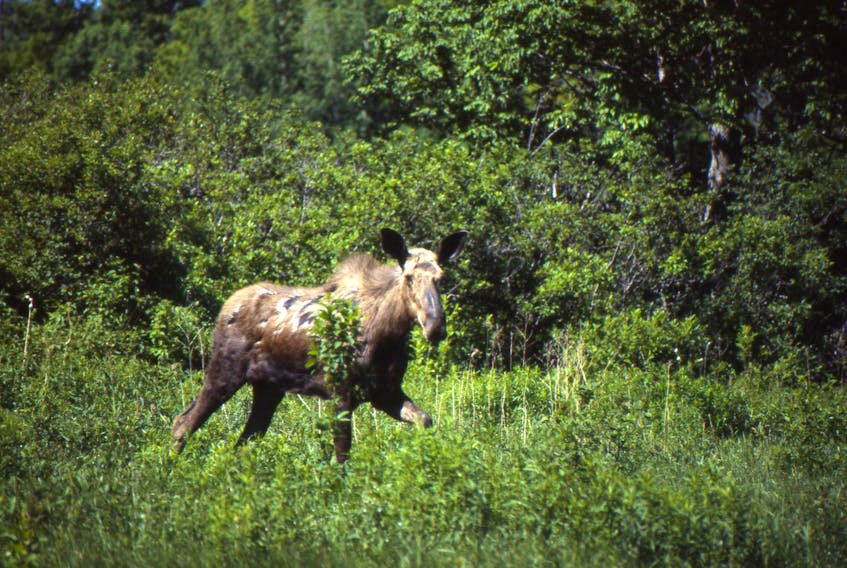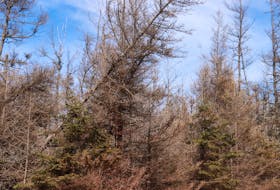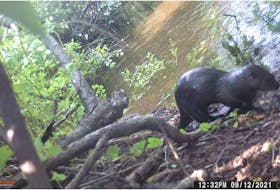If you were a northern wolffish out on our Scotian Shelf or a short-eared owl watching for voles in a fallow field, you would disagree with the following statement:
The sky might not be falling after all.
Because you would have seen your specie decline precipitously over the past half-century.
So you could be forgiven for placing your wing or disproportionately large toothed head on the scales of the Living Planet Index.
And in so doing you, Mister or Misses wolfish or short-eared owl, would have been responsible for headlines in the world’s major press organs two months ago warning of a 68 per cent decline in average populations of animals with spines between 1970 and 2016.
“Some populations really are in trouble and regions such as the Indo-Pacific are showing widespread systematic declines. However, the image of a global ‘biodiversity desert’ is not supported by the evidence."
- Brian Leung, McGill University ecologist
But a new study out of McGill university cautions that there was a big problem with the math used by the World Wildlife Fund.
“If one population crashed by 99 per cent, you can have hundreds of populations that slightly increased by one per cent and you would still find, based on the old metric, that there was a catastrophic 50 per cent decline (on average across a region’s vertebrate species),”said Brian Leung, a McGill ecologist and lead author of the study Clustered versus catastrophic global vertebrate declines published last week in the academic journal Nature.
“In a nutshell that’s how the math worked.”
For more than a nutshell on how the math worked, go read the journal here: https://www.nature.com/articles/s41586-020-2920-6
By sorting through the 14,000 species with population estimates on the Living Planet Index, the McGill team found that about one per cent had suffered dramatic population decline.
That one per cent of species skewed the global total to 68 per cent across the board for all vertebrate species – mammals, amphibians, fish and birds.
When that one per cent was removed from the equation, at a global scale vertebrate numbers turned out to have been stable.
“Some populations really are in trouble and regions such as the Indo-Pacific are showing widespread systematic declines. However, the image of a global ‘biodiversity desert’ is not supported by the evidence,” says Leung.
“This is good, as it would be very discouraging if all of our conservation efforts over the last five decades had little effect.”
The study looked at species types (such as amphibians, sea birds, terrestrial mammals etc) in large geographic zones. Nova Scotia falls into the Nearctic zone (roughly Canada and the United States) terrestrially and the North Atlanitic zone for marine species.
Both had fairly stable numbers across most varieties.
Severe declines were noticed in systems between India and China.
Specifics matter
Bill Marshall doesn’t contest Leung’s math.
But the former dean of science at St. Francis Xavier University cautions against putting too much stake in broad systems averages.
“Specifics do matter,” said Marshall.
Keep in mind that the cod stock collapsed in the same period in which the North Atlantic was seen to have been stable by this number set.
Not to mention the wolffish, which estimates have pegged a decline of 90 per cent during the same period, the owl with the little ears or the mainland moose.
Large animals formed a significantly larger portion of the species suffering significant decline in a phenomena known as trophic down grading.
Evolution favours bigger animals because they are more efficient at gathering food.
But those animals need large uninterrupted habitats.
And we tend to like to eat them.
Leung and Marshall both agree that humanity shouldn’t take its foot off the gas when it comes to preserving habitat and protecting wild species.









